Every shelf in your home tells a story that goes beyond functionality. The books, ceramics, artwork, keepsakes, and...
- There are no more items in your cart
- Shipping
- Total £0.00
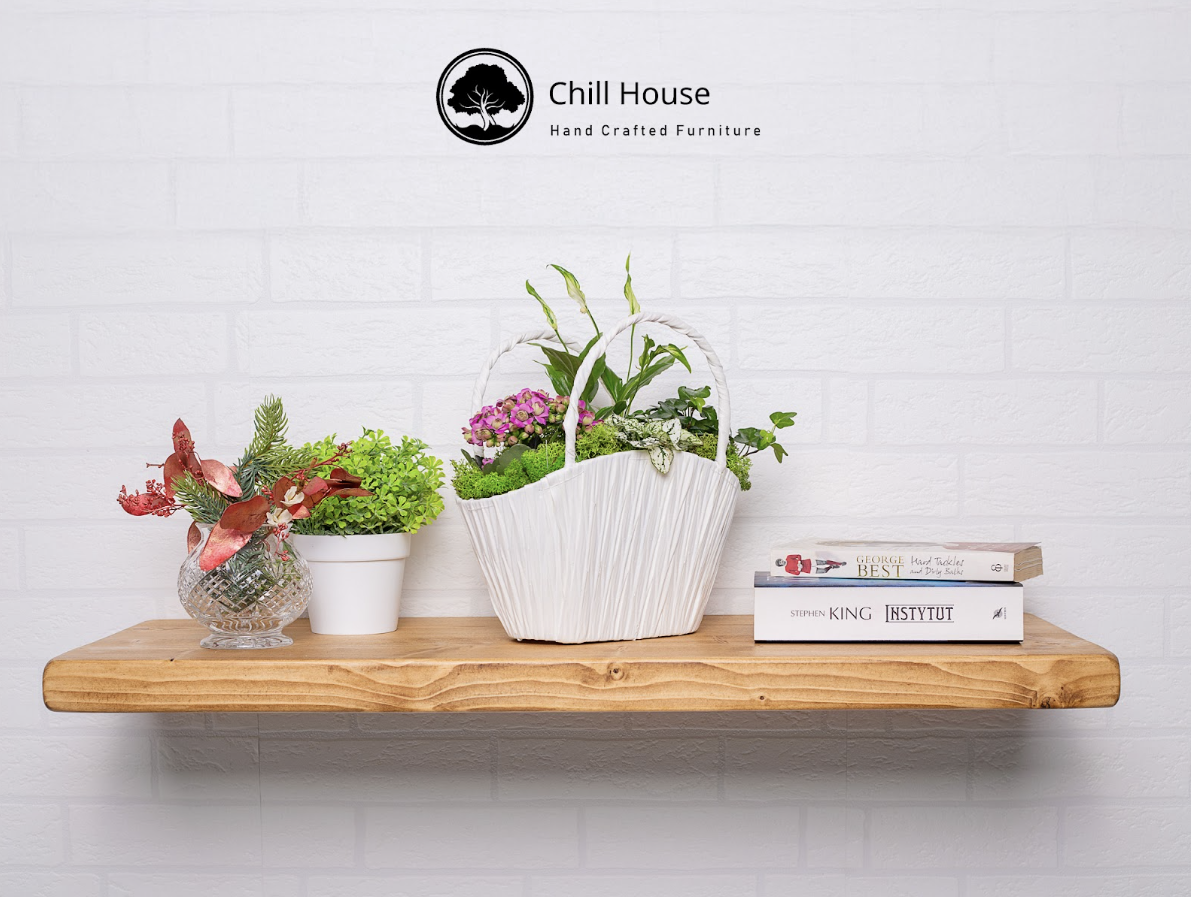
The art of balance – how shelves influence light and shadows at home?
Light is one of the most powerful tools in interior design – it defines atmosphere, changes perception, and turns ordinary rooms into places that feel alive. But while we often talk about lamps, windows, or wall colours, there’s one subtle element that quietly shapes how light behaves: your shelves. Whether you’re styling a living room wall, creating a cozy reading nook, or designing a workspace, shelves influence how light moves, reflects, and deepens within a room. The balance between brightness and shadow creates depth and comfort, turning static walls into living surfaces that respond to time, daylight, and mood.
Table of contents
- Introduction
- The silent impact of light and shadow in interior design
- How wooden shelves shape the way light travels
- Choosing the right shelf material and finish
- Positioning your shelves for balance and atmosphere
- Using shelves to play with contrast and mood
- How to combine artificial and natural light
- Final thoughts
The silent impact of light and shadow in interior design
In any interior, light defines the architecture of space. It highlights textures, draws attention to certain areas, and creates visual rhythm. Shadows, on the other hand, give shape and meaning to that light. Together, they form a delicate harmony that determines whether a space feels open and airy or calm and intimate. When you introduce shelves into this balance, they become quiet conductors – reflecting, blocking, or filtering light depending on their placement, depth, and material. Wooden shelves, especially those with natural grain and warm tones, soften the effect of direct sunlight, diffusing brightness into a gentler, more natural glow.
How wooden shelves shape the way light travels
Every shelf changes the movement of light. A floating shelf casts a thin shadow that subtly grounds the wall beneath it. A thicker live edge shelf introduces character – its uneven surface creating pockets of light and shade that evolve throughout the day. Bracketed shelves add dimension, their metal details catching glints of light and giving the display a structured look. The positioning and spacing of shelves determine whether light flows freely or becomes layered, creating depth and visual interest. Light bouncing off a natural oak surface feels warm and organic, while darker finishes like walnut or teak absorb it, creating a sense of sophistication and calm.
Choosing the right shelf material and finish
Different wood types and finishes interact with light in unique ways. Lighter woods such as pine or oak reflect light, brightening the space and emphasizing natural patterns. Darker woods like walnut or antique pine absorb light, adding contrast and intimacy. Finishes also play a role – matte surfaces diffuse light softly, while satin or wax finishes add a gentle sheen that enhances texture without glare. If your goal is to create a relaxed, Scandinavian feel, go for light, natural tones. For moody, atmospheric interiors, choose richer woods with depth. Each combination of tone and finish changes how your shelves respond to daylight, making them not just functional furniture, but part of the room’s architecture
Positioning your shelves for balance and atmosphere
Where you place your shelves matters just as much as what you put on them. Shelves installed opposite a window will reflect more natural light into the room, while those positioned beside it will create shadows that add texture and rhythm to the wall. If your space feels flat, experiment with asymmetrical arrangements – varying heights and gaps can help light flow more naturally. In smaller rooms, floating shelves mounted higher can draw the eye upward, making ceilings feel taller. Avoid overcrowding shelves near light sources, as clutter can block brightness and make a space feel heavy. Think of shelves as both structure and sculpture – the balance of what they hold and what they leave open defines their impact on light.
Using shelves to play with contrast and mood
Contrast between light and shadow gives interiors personality. By combining shelves of different depths, colours, or materials, you can control how the eye moves around the space. A dark shelf on a white wall becomes a striking focal point, while a series of pale wooden shelves on a warm-toned wall blend in softly, letting objects take centre stage. Mixing materials like wood and metal can also heighten visual tension, creating a more dynamic composition. Lighting accessories, such as LED strips under floating shelves or spotlights above display units, can turn even simple shelving into a statement piece after dark. It’s about creating a dialogue between brightness and shadow – the essence of good design.
How to combine artificial and natural light
The best interiors don’t rely on a single light source. During the day, natural light defines the character of shelves, but after sunset, artificial lighting becomes part of the design. Warm, indirect lighting enhances the natural tones of wood, while cooler light can emphasize sleek lines and contemporary details. Try layering different light types – ambient, task, and accent – to keep the room adaptable. LED backlighting under a shelf or subtle wall sconces nearby can create a soft glow that enhances both functionality and mood. The key is subtlety: light should support the materials and textures you’ve chosen, not overpower them.
Final thoughts
Shelves are far more than practical surfaces for storage – they’re architectural tools that shape light, space, and atmosphere. The way they interact with light transforms rooms throughout the day, from bright mornings to calm evenings. Thoughtful material choices, smart placement, and attention to texture can make a simple shelf feel like an intentional part of your interior story. Whether you choose natural wood floating shelves, bold bracketed designs, or sculptural live edge pieces, each one changes how your home feels – one reflection, one shadow, one quiet balance at a time.

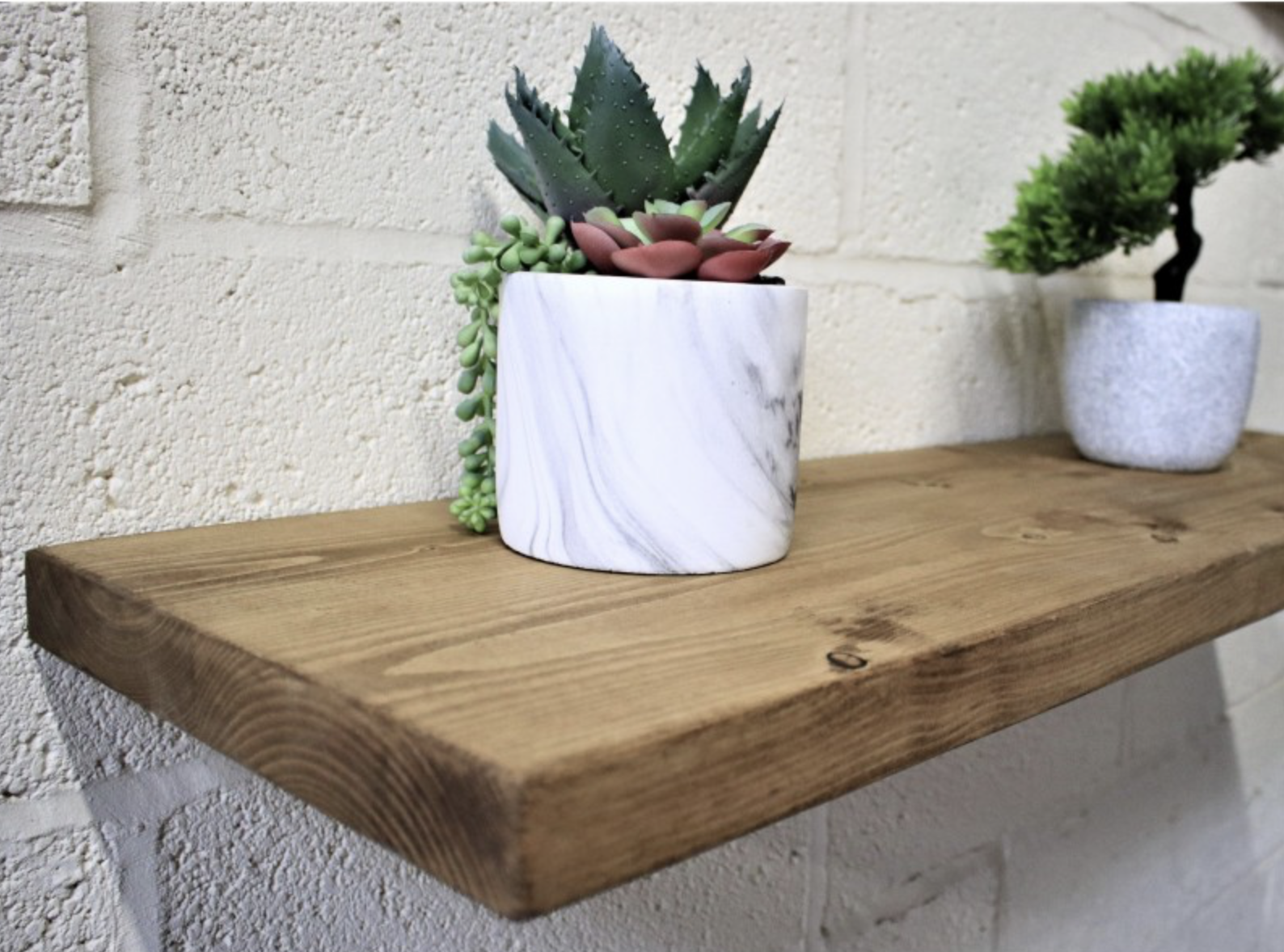
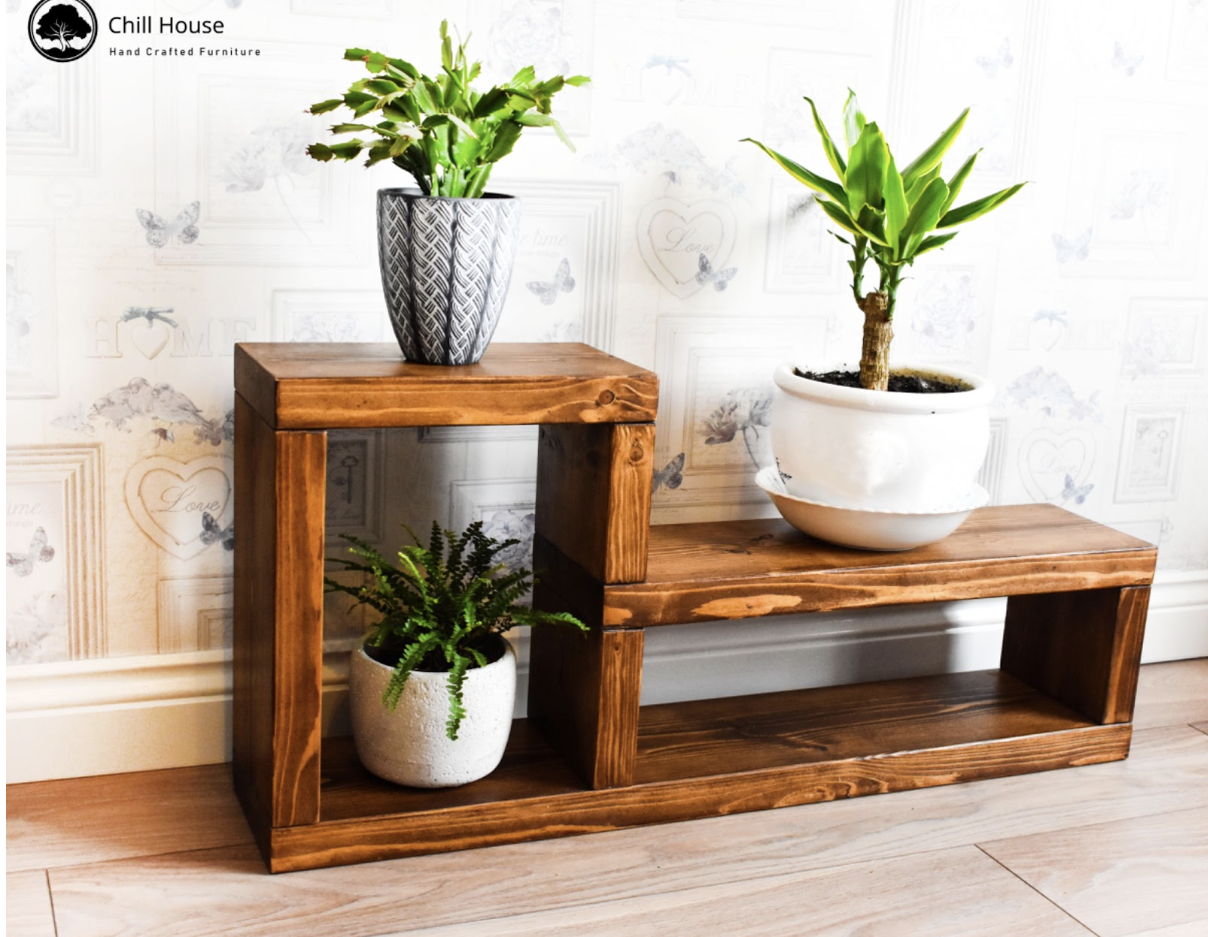
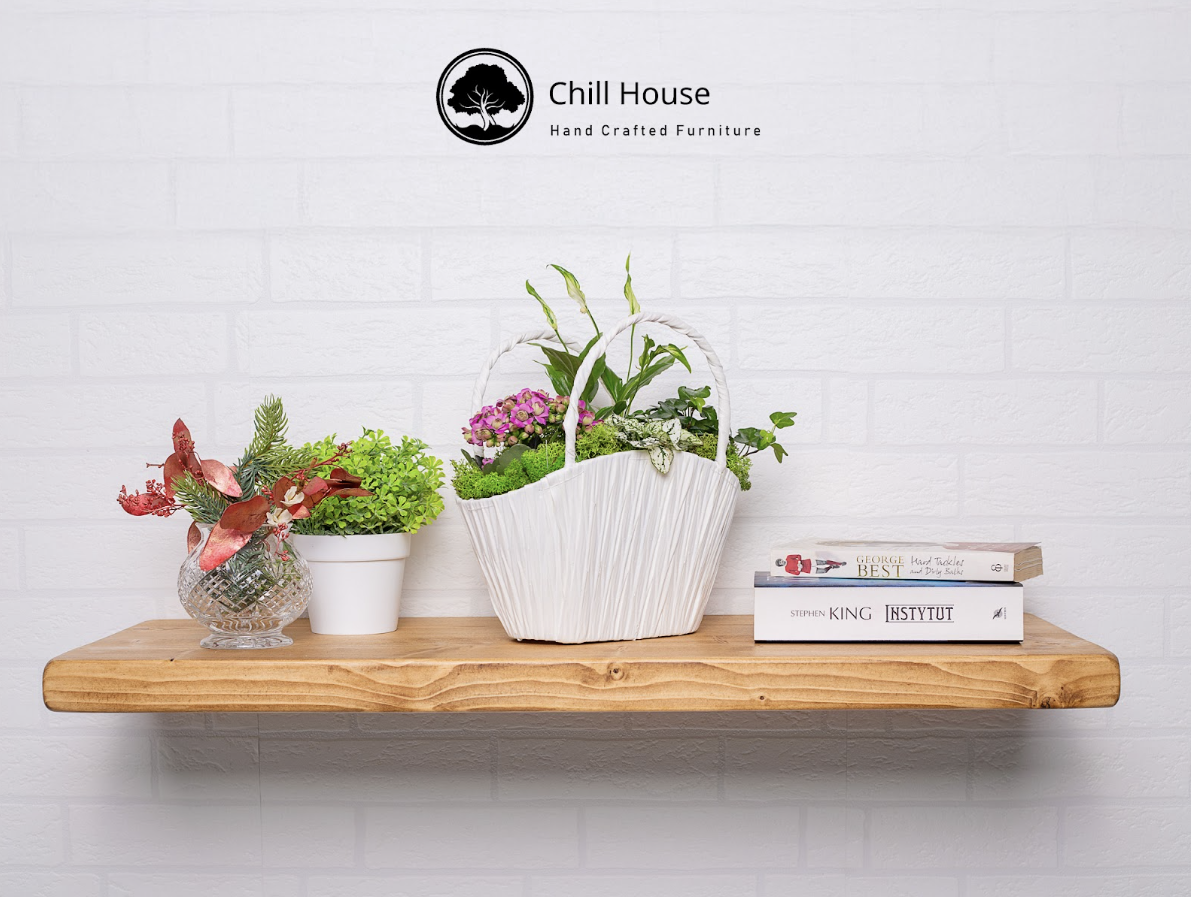


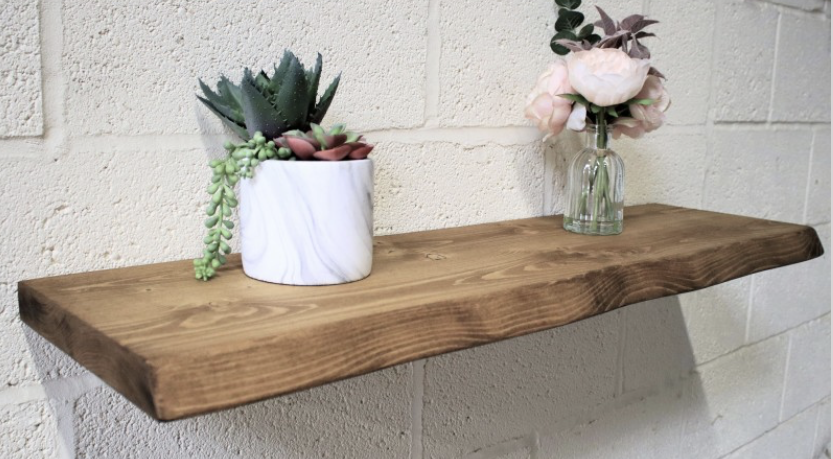
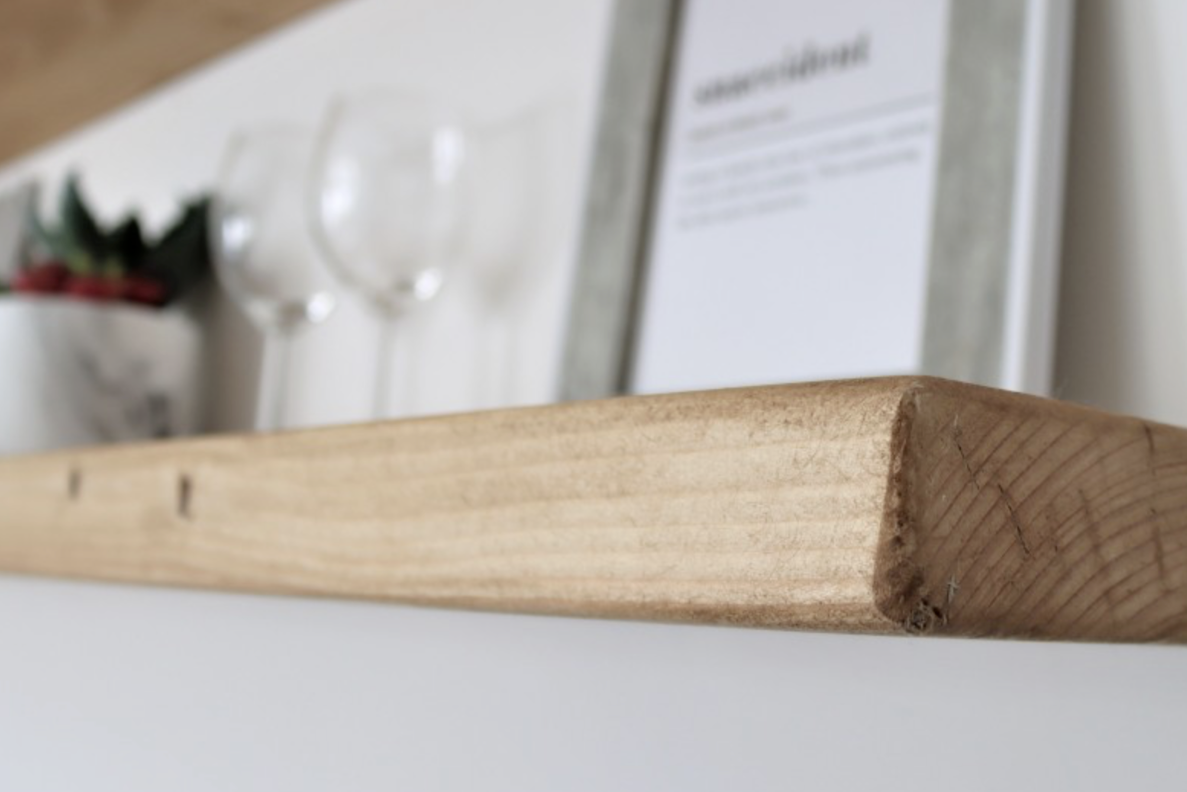
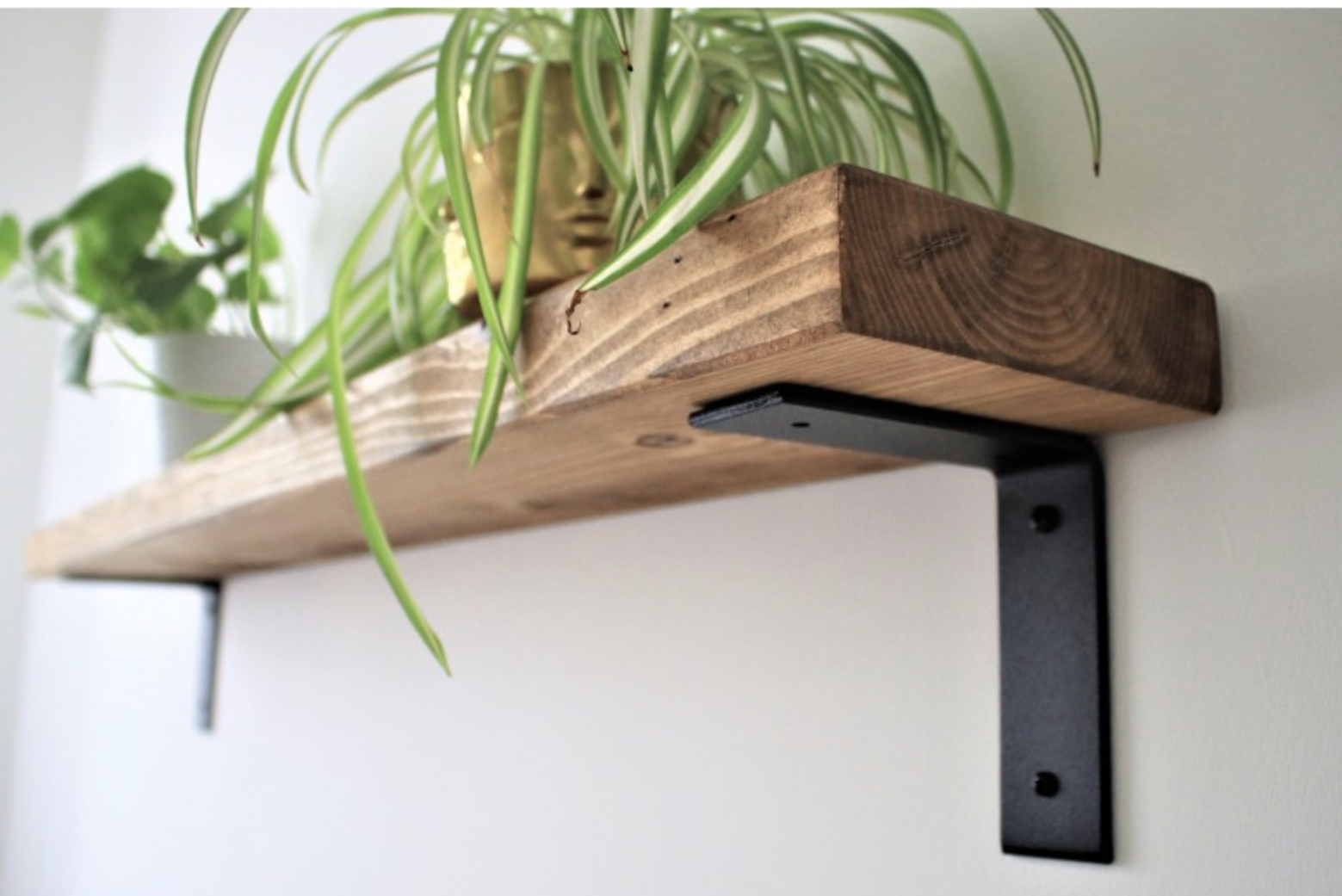
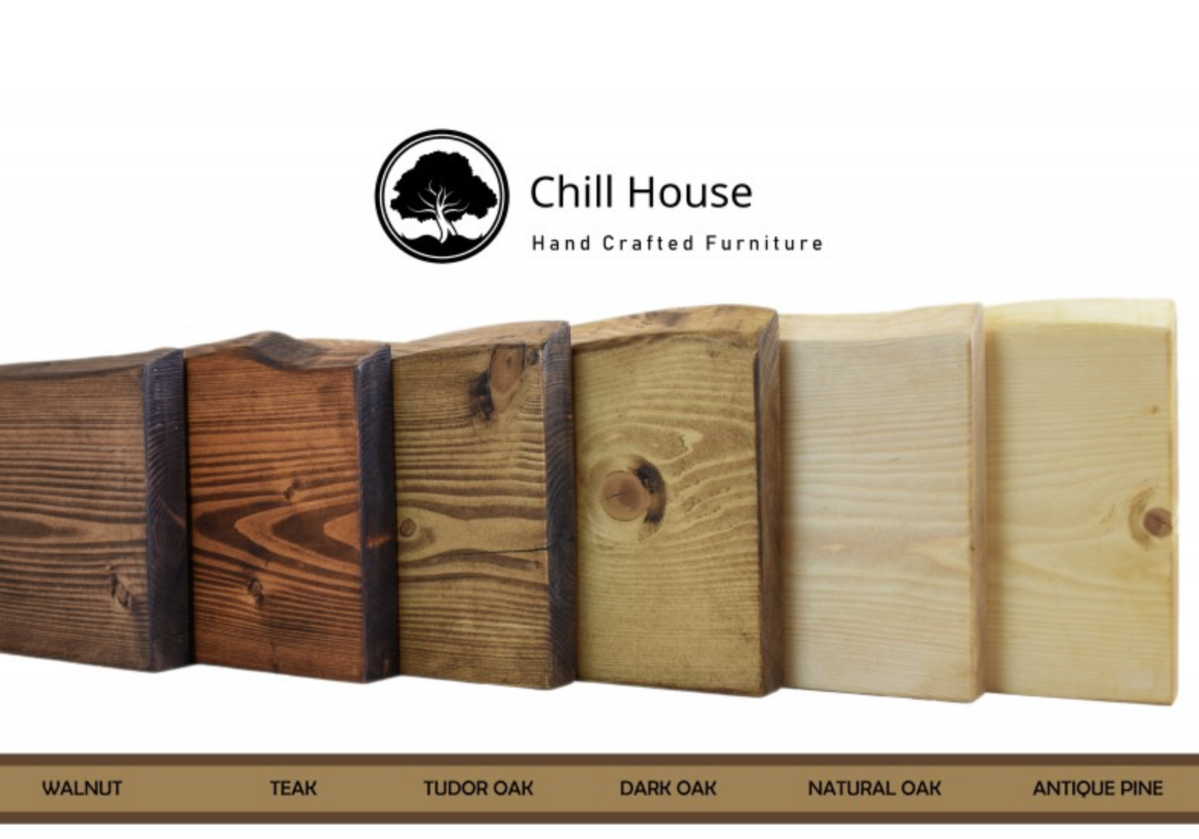
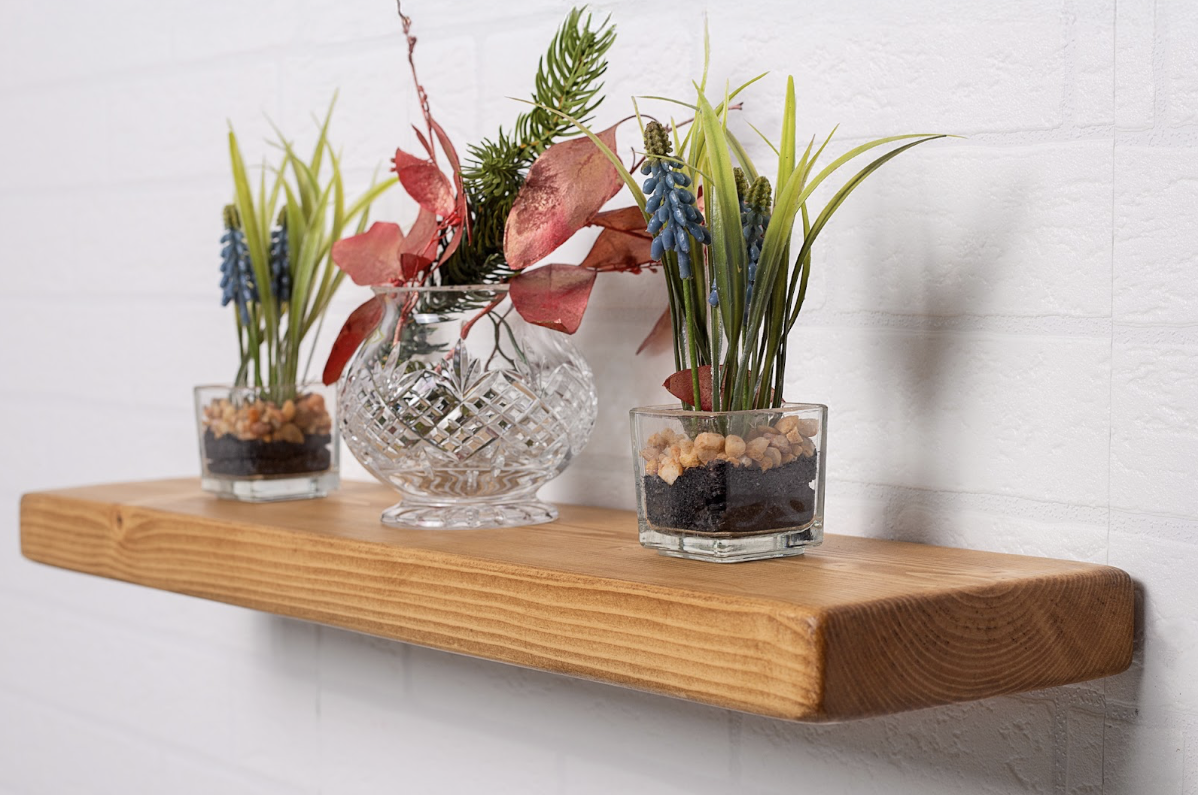





Leave a comment